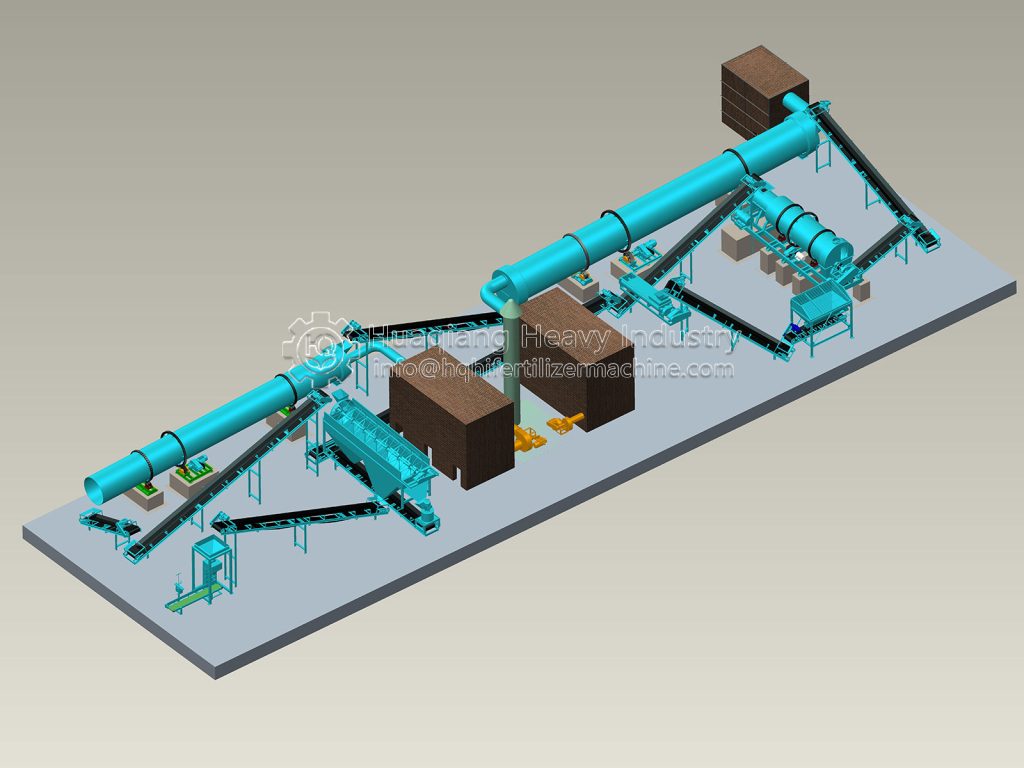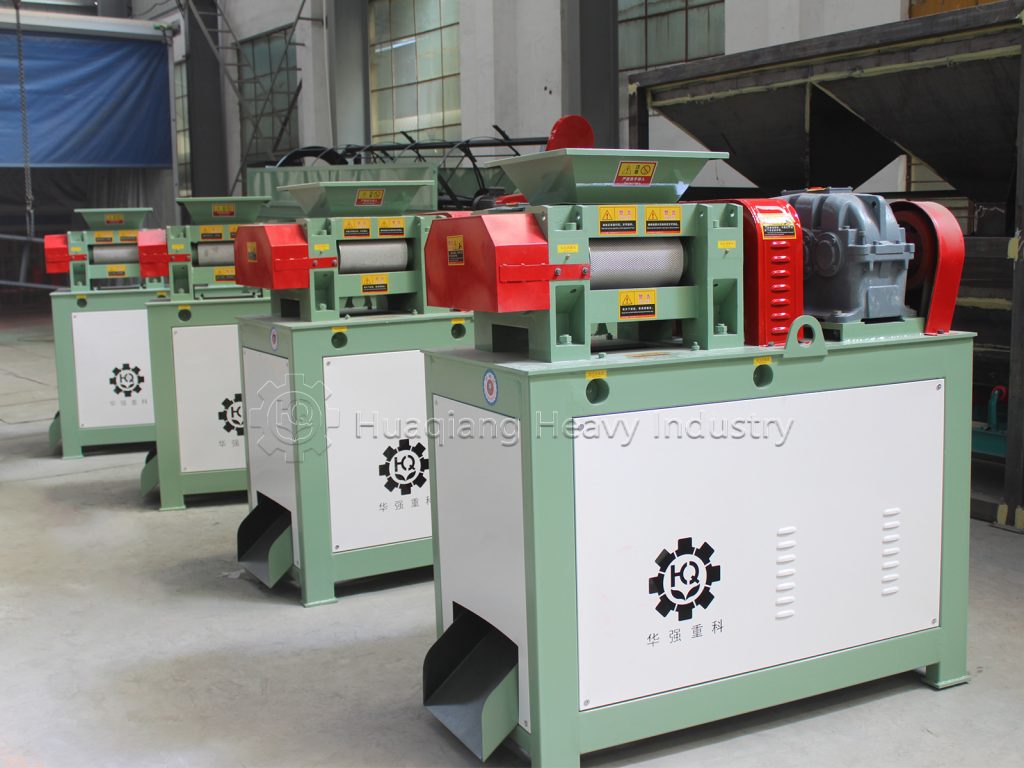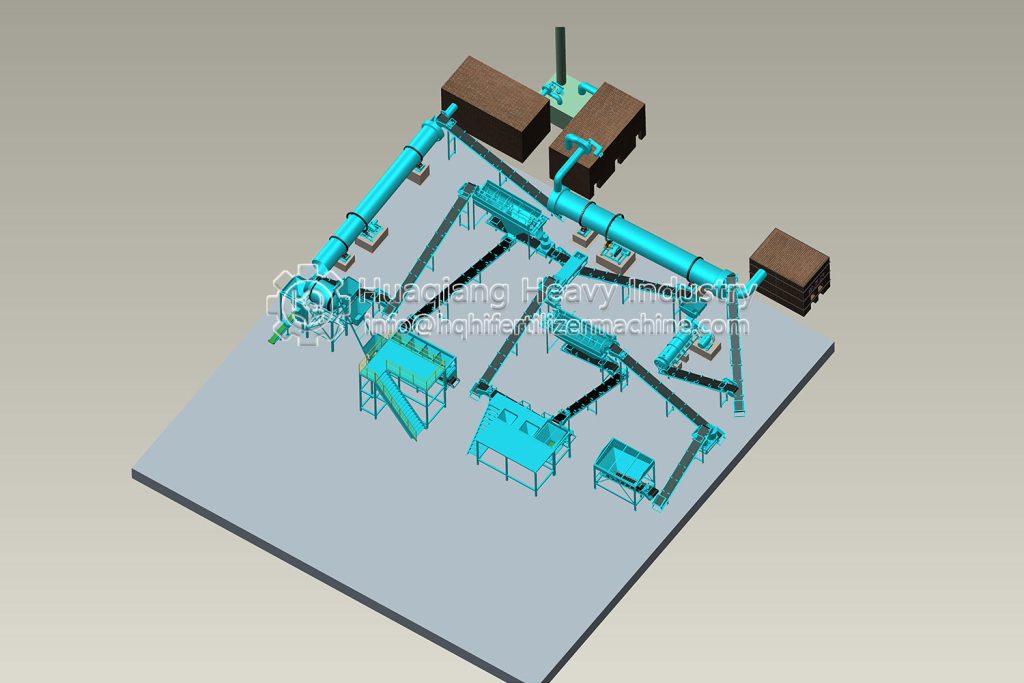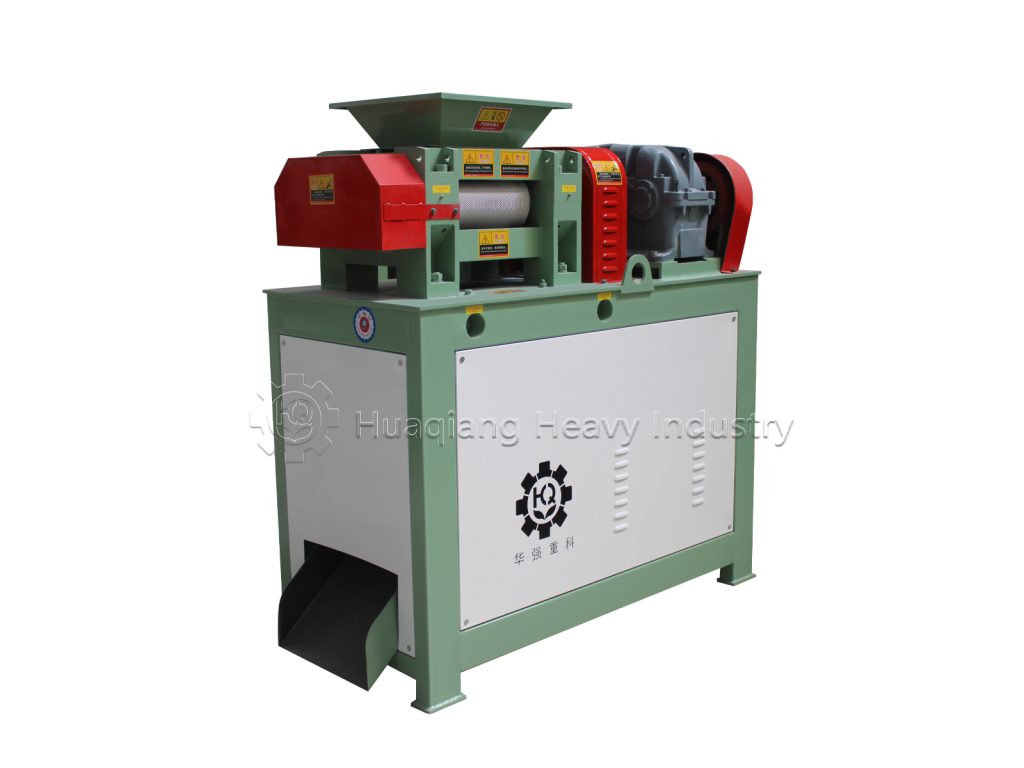Those familiar with organic fertilizer production lines can generally identify their components, but for those new to the industry, this may seem a bit vague. Today, Zhengzhou Huaqiang Heavy Industry will share with you the components of an organic fertilizer production line.

The crushing section of an organic fertilizer production line. Given the diversity of user raw materials, our organic fertilizer production line equipment is designed with a crushing section. During the equipment sales process, we found that many users use relatively dry chicken manure or pig manure as raw materials, and some even mix in other raw materials to reduce organic fertilizer production costs. Raw materials with excessively large particle sizes cannot be directly granulated. Therefore, before granulation, the raw materials must be crushed to achieve the desired granulation effect before they can be fed into the organic fertilizer granulator. Of course, for users with sufficiently fine raw materials, this step can be omitted when designing organic fertilizer equipment.
The granulator section of an organic fertilizer production line is the core component of the equipment, making it an essential component. The model of granulator to be selected depends on the user’s production volume. The drying section of the organic fertilizer production line. The granulation process requires that the material humidity be kept below 25%. Therefore, raw materials with an initial humidity above 25% should first enter the drying process, and then enter the granulation process after the dried material reaches the required humidity. Of course, users with sufficient material humidity can omit this step when designing organic fertilizer equipment.
In other parts of the organic fertilizer production line, after the pelletizer completes the processing, it is conveyed by a belt conveyor to a ball shaping machine for shaping, achieving a perfectly spherical shape and forming organic fertilizer granules. For users who require it, we can design a final packaging process to directly package the final product, thus achieving perfect automation of the entire fertilizer granulation process.


